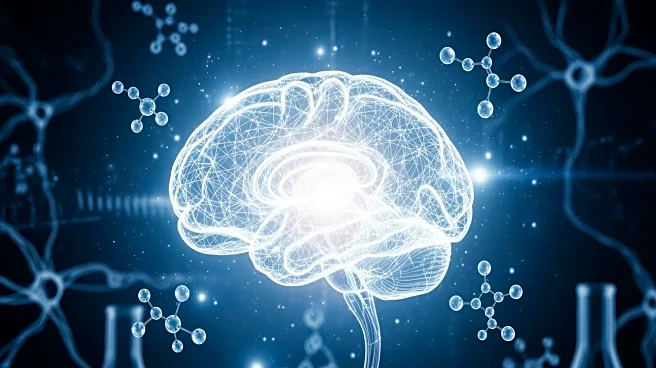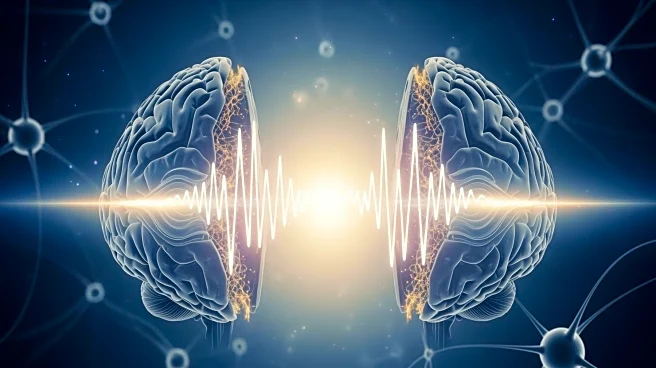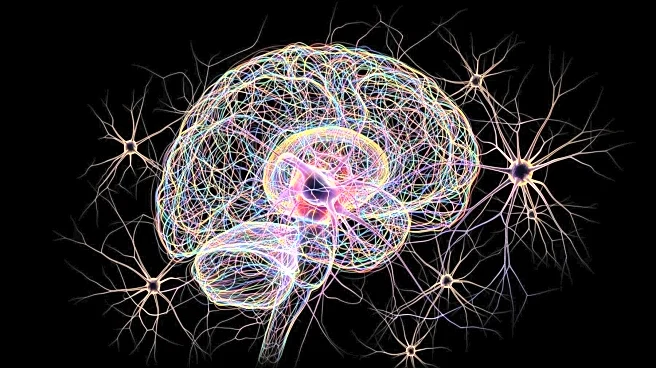What's Happening?
A recent study has explored the atypical morphological development in individuals with Autism Spectrum Disorder (ASD) using MRI datasets from the Autism Brain Imaging Data Exchange initiative. The research
identified atypical brain regions in the superior temporal sulcus, cingulate gyrus, insula, and superior parietal lobule across different age groups. These findings are consistent with previous studies that reported alterations in gray matter volume in ASD. The study utilized advanced neuroimaging techniques to analyze the structural abnormalities and proposed a dysfunction hypothesis related to the salience network (SN) in ASD. The insula, a key regulator of interactions between the executive control network and the default mode network, was highlighted as a significant area of interest. The research provides further evidence supporting the hypothesis that these atypical networks play a crucial role in ASD.
Why It's Important?
Understanding the atypical brain development in ASD is crucial for developing targeted interventions and therapies. The identification of specific brain regions and networks involved in ASD can lead to more personalized treatment approaches, potentially improving outcomes for individuals affected by the disorder. This research contributes to the growing body of knowledge on the neurobiological underpinnings of ASD, which is essential for informing public health strategies and educational policies. By pinpointing the structural abnormalities, scientists and healthcare providers can better address the challenges faced by individuals with ASD, ultimately enhancing their quality of life and integration into society.
What's Next?
Future research may focus on further validating these findings through larger and more diverse datasets. Additionally, exploring the functional implications of these atypical brain regions could provide deeper insights into the cognitive and behavioral aspects of ASD. Researchers might also investigate potential interventions that could mitigate the effects of these structural abnormalities. Collaboration between neuroscientists, clinicians, and educators will be vital in translating these findings into practical applications that benefit individuals with ASD.
Beyond the Headlines
The study's approach to analyzing brain morphology using advanced neuroimaging techniques highlights the importance of technological advancements in understanding complex neurological disorders. Ethical considerations regarding the use of MRI data and informed consent are crucial in such research, ensuring that participants' rights and privacy are respected. The long-term implications of this research could lead to shifts in how ASD is diagnosed and treated, emphasizing the need for continuous innovation in medical and psychological research.











